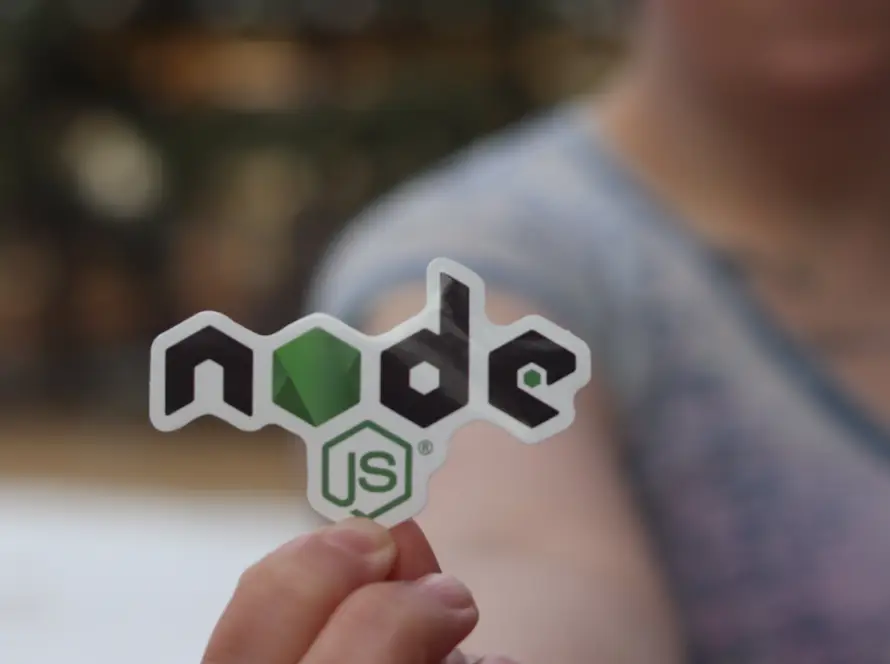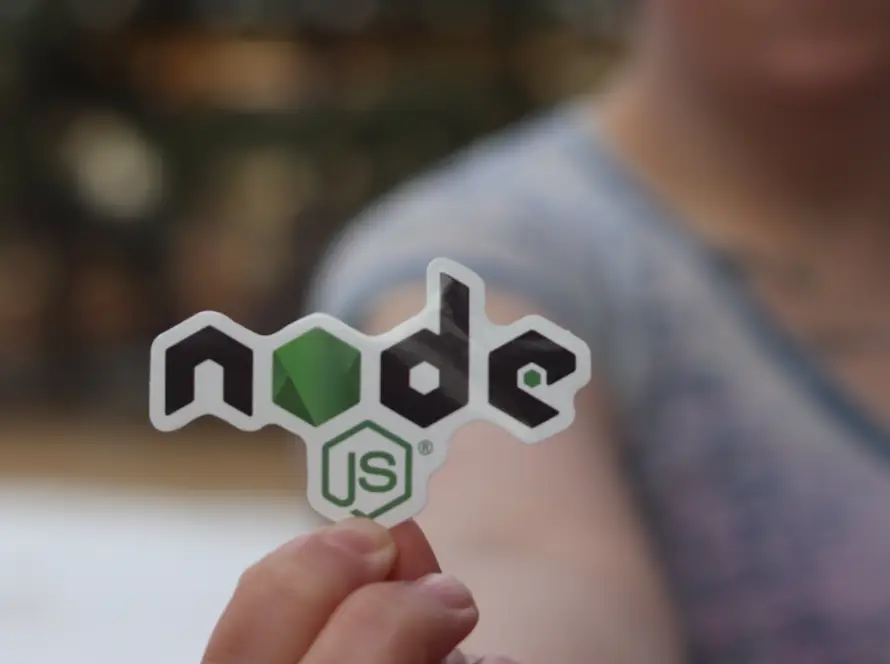Generated by Contentify AI
- Introduction
- Understanding the Basics of Command-Line Interfaces
- Crafting a Command-Line Interface with Node.js
- Implementing User Input and Validation
- Enhancing the User Experience with Advanced Features
- Expanding Your Command-Line Interface Skills
- Conclusion

Introduction
Understanding the Basics of Command-Line Interfaces
Command-line interfaces (CLIs) provide a powerful way to interact with computer systems through text-based commands. CLIs are widely used for tasks such as file management, system configuration, and automation. Understanding the basics of CLIs involves grasping concepts like commands, options, arguments, and piping, which are fundamental to effectively interacting with a system via the command line.
Crafting a Command-Line Interface with Node.js
Node.js, with its built-in modules like ‘process’ and ‘yargs’, provides a robust foundation for creating CLIs. By leveraging the capabilities of Node.js, developers can craft custom command-line tools tailored to specific needs. This involves defining commands, options, and handling user input to create a seamless and intuitive user experience within the command-line environment.
Implementing User Input and Validation
An essential aspect of creating a CLI with Node.js is implementing user input and validation. Developers need to ensure that the CLI prompts users for the necessary input and validates the provided information to prevent errors and ensure the smooth execution of commands. This involves handling different types of user input, such as text, numbers, and flags, and implementing validation logic to enforce data integrity.
Enhancing the User Experience with Advanced Features
To elevate the user experience, advanced features can be integrated into the CLI. This includes incorporating interactive prompts, progress indicators, and color-coded output to provide users with a more engaging and informative interaction. Additionally, features like autocomplete and command history can further streamline the CLI experience, making it more efficient and user-friendly.
Expanding Your Command-Line Interface Skills
As developers gain proficiency in creating CLIs with Node.js, they can expand their skills by exploring more advanced topics. This may involve integrating external libraries, handling asynchronous operations, and building complex command-line applications that cater to diverse use cases. Continuous learning and experimentation contribute to honing expertise in CLI development and expanding the range of applications that can be built using Node.js.
Conclusion
Understanding the Basics of Command-Line Interfaces
Understanding the basics of command-line interfaces (CLIs) is crucial for developers aiming to create powerful and efficient tools. With Node.js, crafting custom CLIs becomes accessible through its built-in modules and robust capabilities. By mastering concepts like commands, options, arguments, and piping, developers can lay a solid foundation for building user-friendly and intuitive CLIs. This involves implementing user input and validation to ensure smooth command execution. Additionally, integrating advanced features such as interactive prompts, progress indicators, and autocomplete not only enhances the user experience but also showcases the versatility of Node.js for CLI development. As developers expand their skills in this domain, they can explore advanced topics to further refine their CLI development expertise and cater to diverse use cases.
Crafting a Command-Line Interface with Node.js
Crafting a Command-Line Interface with Node.js involves leveraging the robust capabilities of this platform to develop custom tools tailored to specific needs. By understanding the basics of command-line interfaces (CLIs) and mastering concepts like commands, options, and piping, developers can create intuitive user experiences within the command-line environment. Implementing user input and validation is essential to ensure smooth command execution, while integrating advanced features such as interactive prompts and progress indicators enhances the user experience. As developers expand their skills in this domain, they can explore advanced topics to further refine their CLI development expertise and cater to diverse use cases.
Implementing User Input and Validation
When creating a command-line interface (CLI) with Node.js, it’s crucial to focus on implementing user input and validation. This involves prompting users for input and ensuring that the provided data is validated to prevent errors and ensure the smooth execution of commands. With Node.js, developers can leverage modules like ‘process‘ and ‘yargs‘ to handle user input effectively and implement robust validation logic. By paying close attention to user input and validation, developers can create a seamless and intuitive user experience within the command-line environment. This attention to detail is essential for building a reliable and user-friendly CLI tool.
Enhancing the User Experience with Advanced Features
To elevate the user experience and make the command-line interface (CLI) more engaging, advanced features can be integrated. These include interactive prompts, progress indicators, and color-coded output, providing users with a more immersive and informative interaction. Additionally, features like autocomplete and command history can further streamline the CLI experience, making it more efficient and user-friendly. By implementing these advanced features, developers can create a more sophisticated and user-centric CLI with Node.js, enhancing its overall usability and desirability.
Expanding Your Command-Line Interface Skills
Expanding Your Command-Line Interface Skills
As developers delve deeper into the realm of command-line interface (CLI) development with Node.js, they can broaden their expertise by exploring advanced topics and techniques. This may involve integrating external libraries to enhance the functionality of the CLI, handling asynchronous operations effectively, or even building complex command-line applications that cater to diverse use cases. By continually seeking new challenges and learning opportunities, developers can expand their proficiency in CLI development and gain the skills necessary to create robust and versatile command-line tools. This ongoing growth and exploration not only enriches their capabilities but also opens doors to a wider range of applications and possibilities within the CLI landscape, demonstrating the depth and flexibility of Node.js for crafting powerful command-line interfaces.
Conclusion
Crafting a Command-Line Interface with Node.js involves leveraging the powerful capabilities of this platform to develop custom tools tailored to specific needs. By understanding the basics of command-line interfaces (CLIs) and mastering concepts like commands, options, and piping, developers can create intuitive user experiences within the command-line environment. Implementing user input and validation is essential to ensure smooth command execution, while integrating advanced features such as interactive prompts and progress indicators enhances the user experience. As developers expand their skills in this domain, they can explore advanced topics to further refine their CLI development expertise and cater to diverse use cases. This ongoing growth and exploration not only enriches their capabilities but also opens doors to a wider range of applications and possibilities within the CLI landscape, demonstrating the depth and flexibility of Node.js for crafting powerful command-line interfaces.
Key Takeaways
- A Command-Line Interface (CLI) is a program that allows users to interact with a computer application using text-based commands.
- Node.js provides a built-in module called ‘readline’ which can be used to create interactive command-line interfaces.
- Creating a CLI with Node.js involves defining commands, parsing user input, and executing the appropriate actions based on the input.



